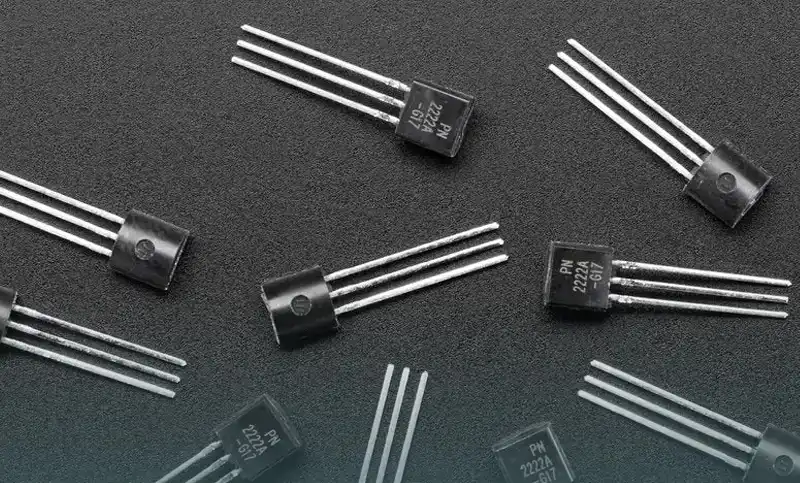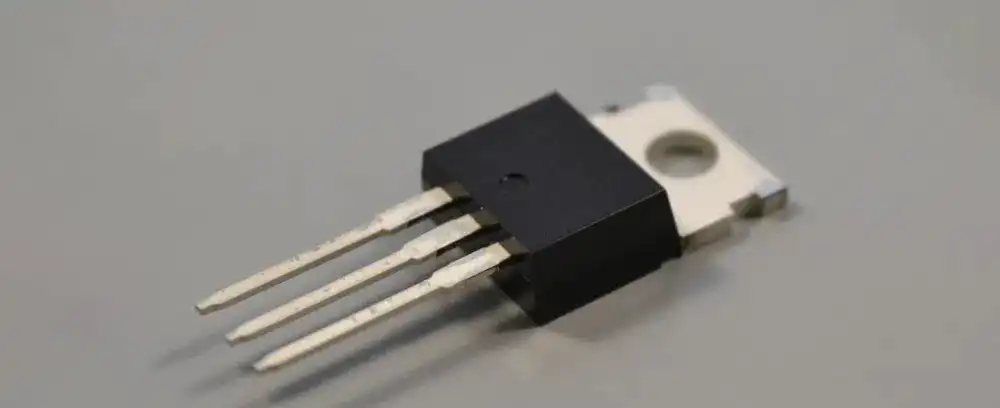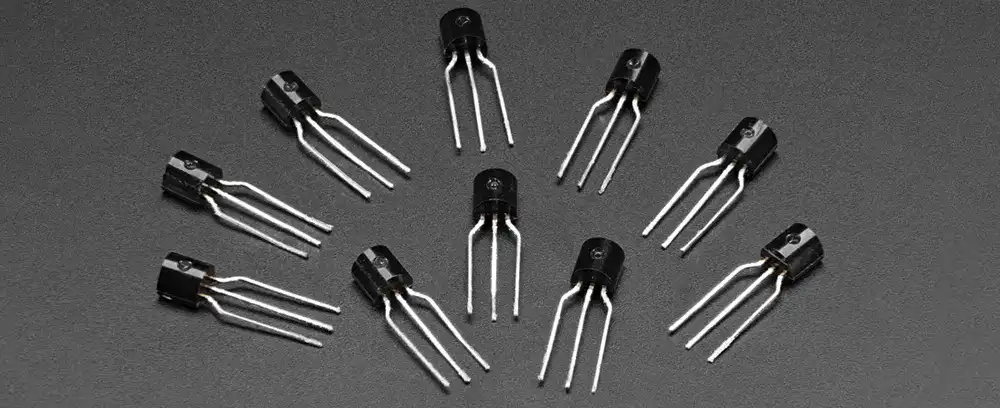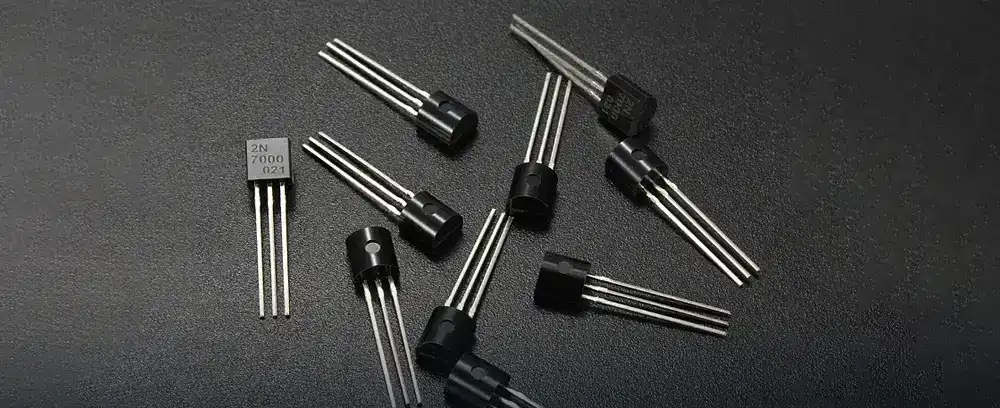
In this guide, we’re going to chat about a term called MOSFET. Now, that may sound like a weird creature from a sci-fi movie, but it’s actually a very important part of many electronic devices we use daily. So, let’s uncover this mystery together!
MOSFET stands for Metal-Oxide-Semiconductor Field-Effect Transistor – quite a mouthful, isn’t it? Think of a MOSFET as a little gatekeeper. Its job is to control the flow of electricity in an electronic device, similar to how a faucet controls the flow of water in your home. If the MOSFET gate is open, electricity flows; if it’s closed, the flow stops.
There are two main types of MOSFETs: n-type (N-channel) and p-type (P-channel). The most common type is the N-channel MOSFET. Imagine a busy highway with cars (electricity) zooming down. N-channel MOSFETs are like highways where cars move from a place called ‘Drain’ to a place called ‘Source’ when the MOSFET gate is open.
MOSFETs are like tiny superheroes of electronics. They have some cool features:
●They’re super sensitive, meaning even a small voltage (like a whisper in a room) can open or close the MOSFET gate.
●They consume very little power, making them great for battery-operated devices.
●They’re also quite fast, able to switch on and off millions, even billions, of times per second!
One big advantage of MOSFETs is they’re great team players. They can be used together in a process called wire bonding to build more complex circuits, like the processor in your computer or phone. Plus, they’re very reliable and last a long time.
Other advantages include:
●High Switching Speed: MOSFETs can switch on and off incredibly quickly – millions, or even billions, of times per second. This is like a hummingbird flapping its wings super fast. This speed makes them perfect for applications that require rapid changes, like in your computer or gaming console.
●Flexibility: MOSFETs can be used in both digital and analog circuits. This means they’re versatile, like a Swiss Army knife, and can be used in a variety of different electronics.
●High Input Impedance: MOSFETs have a high input impedance, which is a fancy way of saying they resist the flow of electricity. This means that virtually no current flows into the gate of the MOSFET, reducing the amount of power it needs to operate.

Despite their many advantages, MOSFETs also have a few disadvantages. They’re very sensitive, so a sudden surge of electricity can damage them. They also generate heat when they’re working hard, just like how you feel warm when you’re exercising, which can sometimes be a problem in small devices. Furthermore, there are several other disadvantages such as:
●Cost: MOSFETs are typically more expensive to produce than some other types of transistors, such as BJTs. This is like choosing between a fancy gourmet burger and a simple cheeseburger – both can be delicious, but the gourmet burger is going to cost more.
●Vulnerable to Static Electricity: MOSFETs are sensitive to static electricity. If you’ve ever shuffled your feet on a carpet and then zapped a doorknob or a friend, you’ve experienced static electricity. This can potentially damage a MOSFET, so they need to be handled carefully during manufacturing and installation.
●Temperature Sensitivity: MOSFETs are sensitive to temperature changes. If they get too hot, they might not work as efficiently, and they can even be damaged. It’s like how we might feel sluggish on a really hot day.
MOSFETs are found in many places: computers, smartphones, TVs, and even cars. They’re especially useful in power supplies and amplifiers because they can control large amounts of electricity efficiently. So, every time you switch on a device or turn up the volume on your speaker, a MOSFET is probably hard at work!
A transistor and a MOSFET are similar in that they both control the flow of electricity. But while a transistor is like a basic faucet, a MOSFET is more like a faucet with a sensor that turns the water on when it senses your hands underneath. It’s more sensitive and can be controlled with less effort.

BJT (Bipolar Junction Transistor) and MOSFET are both types of transistors. BJT is like a manual bicycle, it requires continuous power to keep working. Meanwhile, MOSFET is like an electric bicycle, it requires power only to change its state (like speeding up or slowing down).
BJT has the advantage of being less sensitive to voltage spikes, but the downside is it consumes more power. MOSFET, on the other hand, is very efficient and sensitive, but it can be damaged more easily by sudden electrical surges.
Also read:A complete guide to IGBT – composite semiconductor device of BJT and MOS
The basic structure of a MOSFET includes three layers that form the ‘Drain’, ‘Source’, and ‘Gate’. Imagine a MOSFET as a layered sandwich. The ‘Source’ and ‘Drain’ are the bread slices, and the ‘Gate’ is the filling in between. The ‘Gate’ controls the current flow from the ‘Source’ to the ‘Drain’, just like how the thickness of filling in your sandwich affects how much you can bite off!

MOSFETs are mostly made from silicon, a material found abundantly in sand. It’s the same material used to make glass and even computer chips. Silicon is chosen because it can be easily manipulated to either conduct or resist the flow of electricity, making it an ideal choice for our little gatekeeper, the MOSFET.
So there you go! Now you have a basic understanding of MOSFETs. Even though they’re tiny and invisible inside our devices, they play a vital role in our technology-driven world. Who knew such small things could be so powerful?
So that’s about everything you need to know about integrated circuits and how they work. We at Qtech are always ready to give you solid advice about PCBs, PCBA, and ICs. Talk to us today and find out more on what we offer. With over a decade of experience in this field, you’re guaranteed quality always.